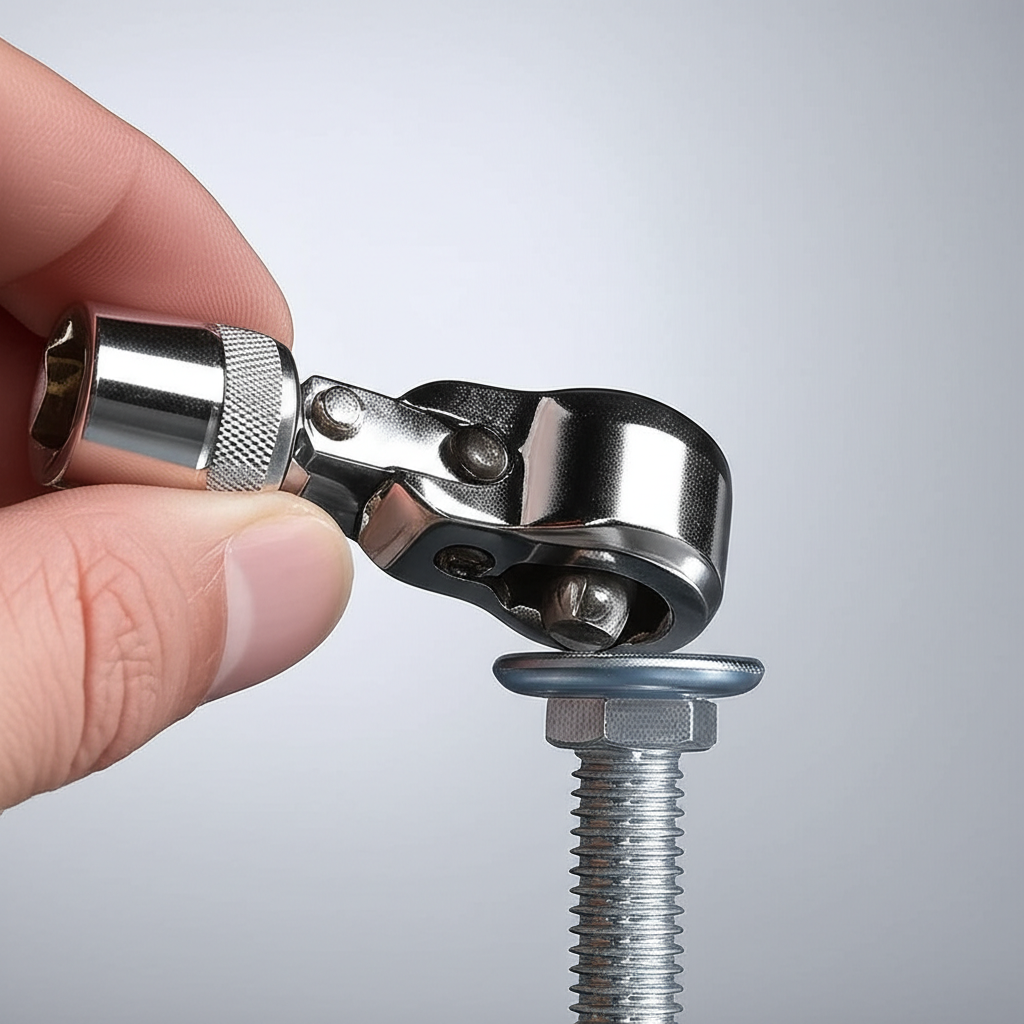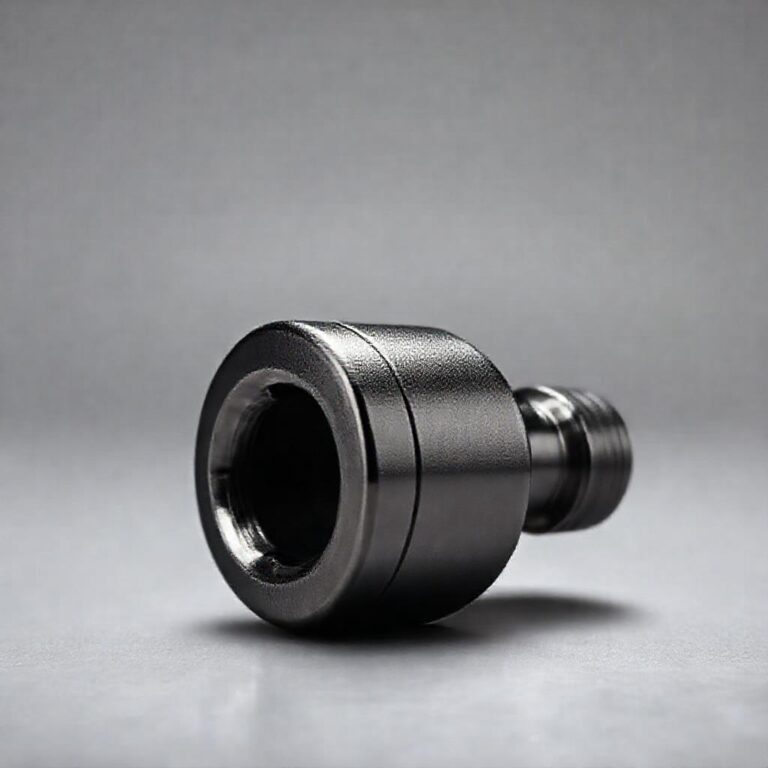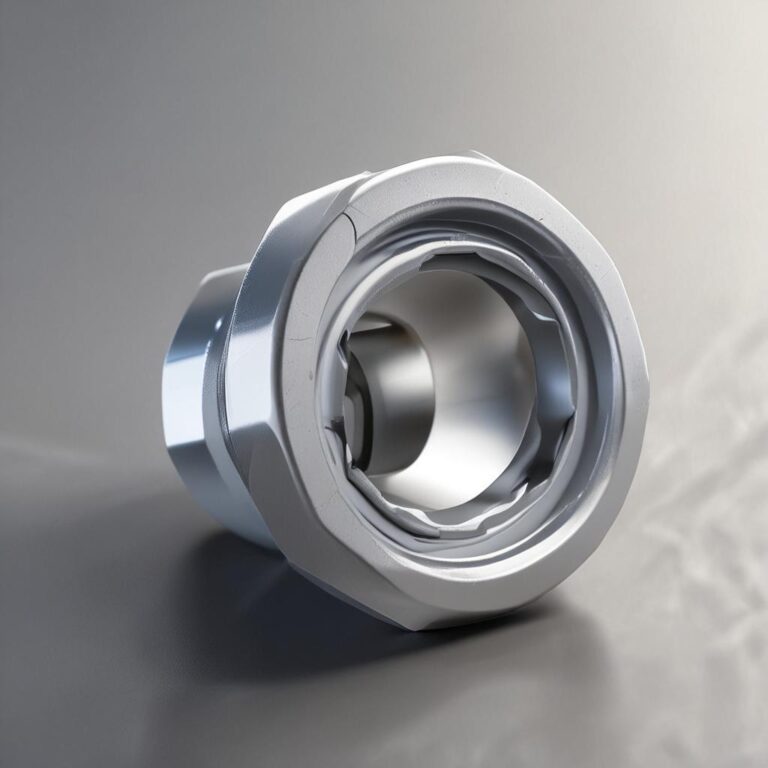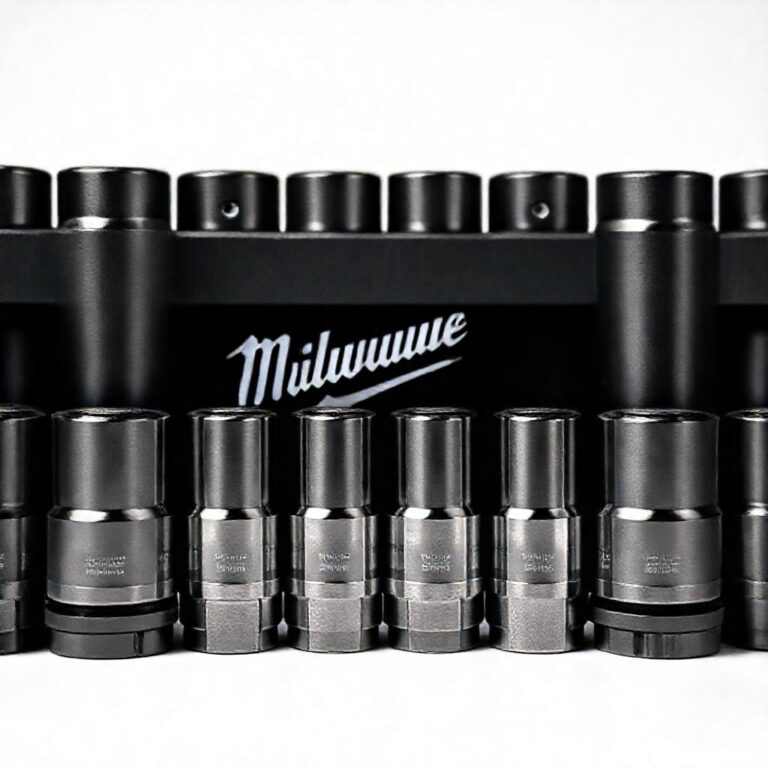How to Use Universal Joint Socket Adapter
Universal joint socket adapters are essential tools for mechanics and DIY enthusiasts, allowing them to work in tight or awkward spaces with ease. These adapters provide flexibility where standard sockets fall short, making tasks like automotive repairs or furniture assembly more efficient. In this guide, we’ll explore how to use a universal joint socket adapter effectively, ensuring you tackle your projects with confidence and precision.
What is a Universal Joint Socket Adapter?
A universal joint socket adapter is a versatile tool that connects sockets to ratchets or wrenches at variable angles. Its key components include a ball joint that allows multi-directional movement and socket attachment points on both ends. This adaptability makes it ideal for reaching fasteners in confined or hard-to-access areas where straight tools can’t fit.
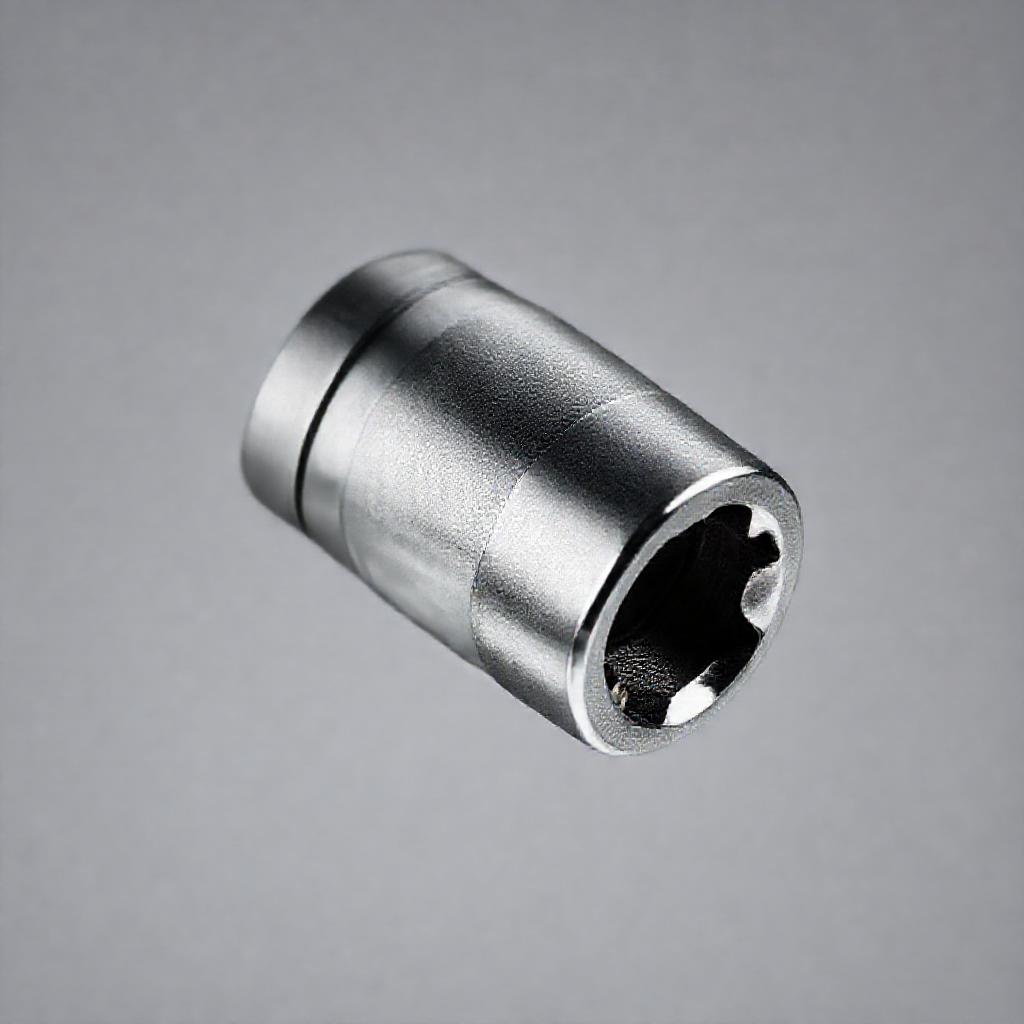
Benefits of Using a Universal Joint Socket Adapter
The primary benefit is the ability to adjust angles on the fly, letting you apply torque even in cramped spaces. They fit a range of socket sizes and drive systems, making them compatible with most existing tools. By eliminating the need for multiple specialized adapters, they save time and reduce clutter in your workspace.
How to Use a Universal Joint Socket Adapter
Selecting the Right Adapter
Choose an adapter that matches the drive size of your ratchet and socket. Check the angle adjustment range—most allow up to 15–30 degrees of movement. Ensure the adapter is rated for the torque level required by your task to avoid failure during use.
Attaching the Adapter to Your Socket
Slide the adapter onto the socket’s square drive, aligning the notches or using a locking mechanism if available. Secure it with a retaining pin or by tightening the adapter’s collar. Always test the connection by hand before applying force to confirm a snug fit.
Essential Checklist
Goal Definition
Clearly define objectives and success metrics
Resource Planning
Allocate necessary time, budget, and personnel
Implementation Strategy
Develop step-by-step execution plan
Quality Assurance
Establish testing and validation procedures
Performance Monitoring
Set up tracking and reporting systems
Essential items for How to Use Universal Joint Socket Adapter
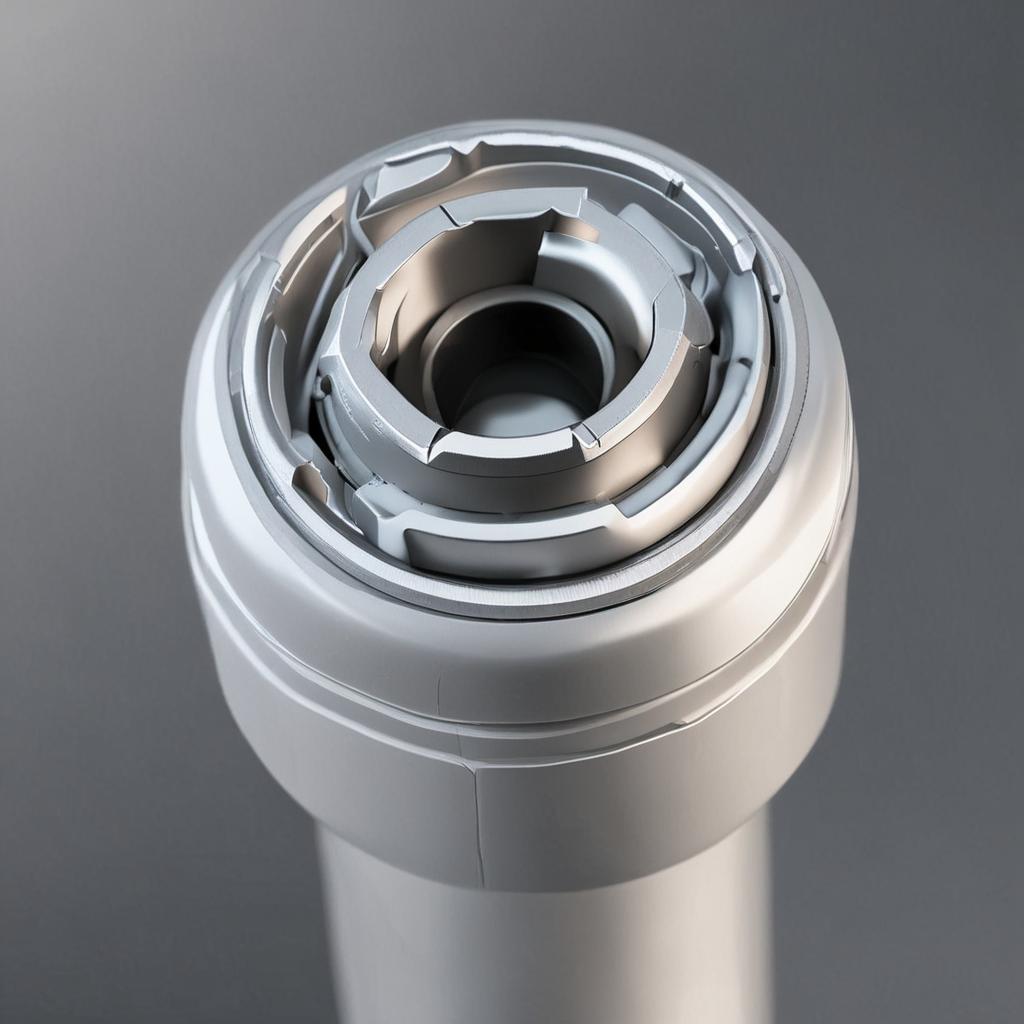
Positioning the Adapter in Tight Spaces
Start by inserting the adapter in a straight position, then adjust the angle to align with the fastener. Use a gentle rocking motion if needed to navigate through obstructions. For example, when working under a car, twist the adapter slightly to avoid hitting surrounding components.
Applying Torque Safely
Use smooth, controlled movements to turn the fastener, avoiding jerky motions that could cause slippage. At extreme angles, torque efficiency decreases, so apply extra force carefully. If resistance is high, reposition the adapter to a more direct angle or switch to a straight socket.
Removing the Adapter
Once the task is complete, release the socket by rotating the adapter’s locking mechanism or loosening the collar. Store the adapter in a dry toolbox, separated from heavier tools to prevent damage. Clean the ball joint regularly to maintain smooth operation for future projects.
Tips for Maintaining Your Universal Joint Socket Adapter
- Clean the ball joint and socket attachment points after each use to remove debris and rust.
- Apply a light machine oil to the joint to reduce friction and ensure longevity.
- Inspect for cracks, wear, or stiffness in the joint. Replace if any damage is found.
- Store the adapter in a padded compartment to protect its functionality and surface.
Common Mistakes to Avoid
Using an incorrectly sized adapter can lead to slippage or stripped fasteners. Avoid applying excessive torque at sharp angles, as this may damage the joint or the socket. Regularly neglecting maintenance can cause the adapter to seize or lose precision over time.
FAQs About Universal Joint Socket Adapters
-
What is the difference between a universal joint socket adapter and a regular socket adapter? A universal joint adapter offers 360-degree rotational flexibility, while a regular adapter is fixed at a specific angle. This makes the universal adapter suitable for dynamic positioning in tight spots.
-
Can I use a universal joint socket adapter with an impact wrench? Only if the adapter is specifically rated for impact use. Regular adapters may crack or fail under the high torque of an impact wrench, risking injury or equipment damage.
-
How do I know if my adapter is worn out? Look for signs like a loose joint, visible cracks, or difficulty rotating the socket. If the adapter doesn’t hold its position securely, it’s time to replace it.
-
Are they suitable for all types of fasteners? Adapters work best for standard nuts and bolts. They may not function well with hexagonal drives that require precise alignment, such as certain metric fasteners.
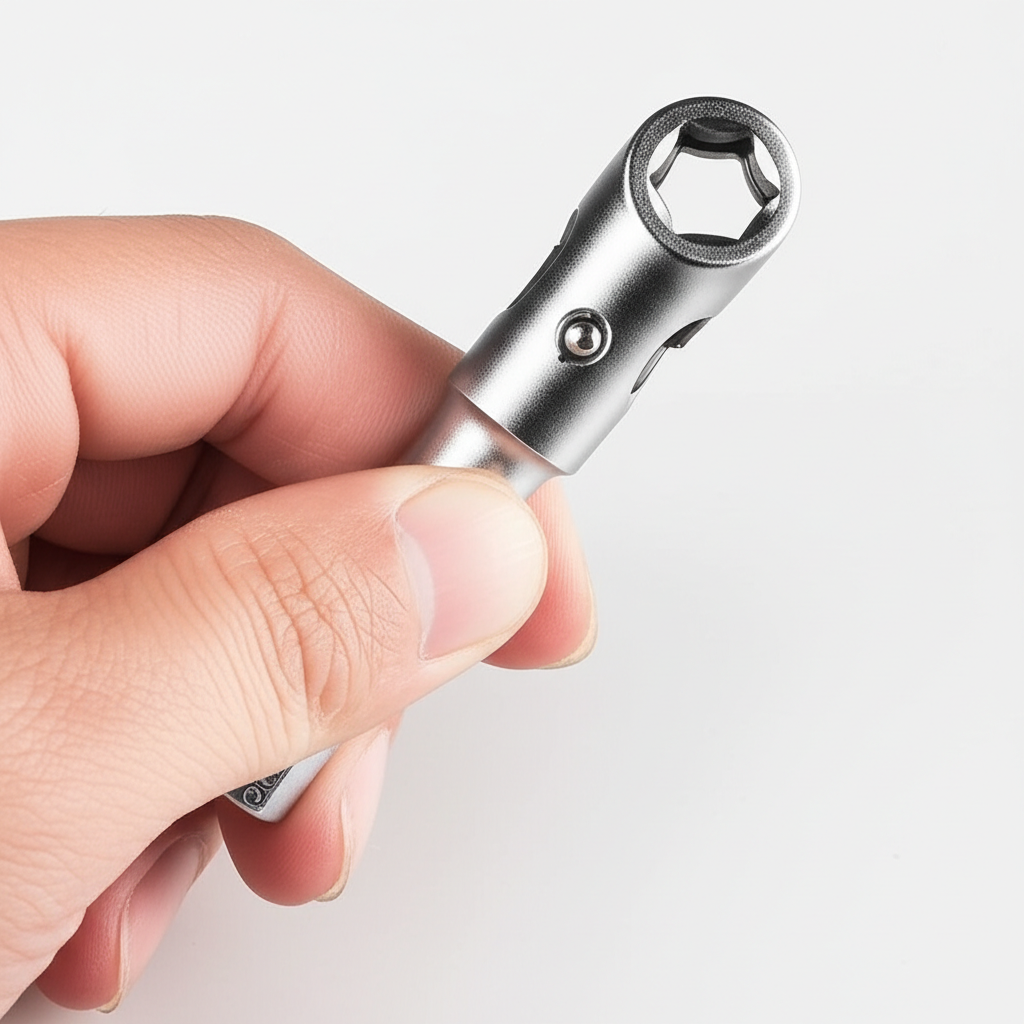
-
Can I use it for heavy-duty tasks? Check the adapter’s torque rating. Heavy-duty models are built for high-stress applications, but standard ones may not withstand excessive force. Always match the adapter to the job’s demands.
Conclusion
Universal joint socket adapters are invaluable for overcoming spatial challenges in mechanical work. By selecting the right tool, mastering proper technique, and maintaining its condition, you can enhance your efficiency and accuracy. Whether you’re a seasoned mechanic or a weekend DIYer, this guide equips you to use the adapter like a pro. Share your experiences or tips in the comments below to help others improve their tool skills!

